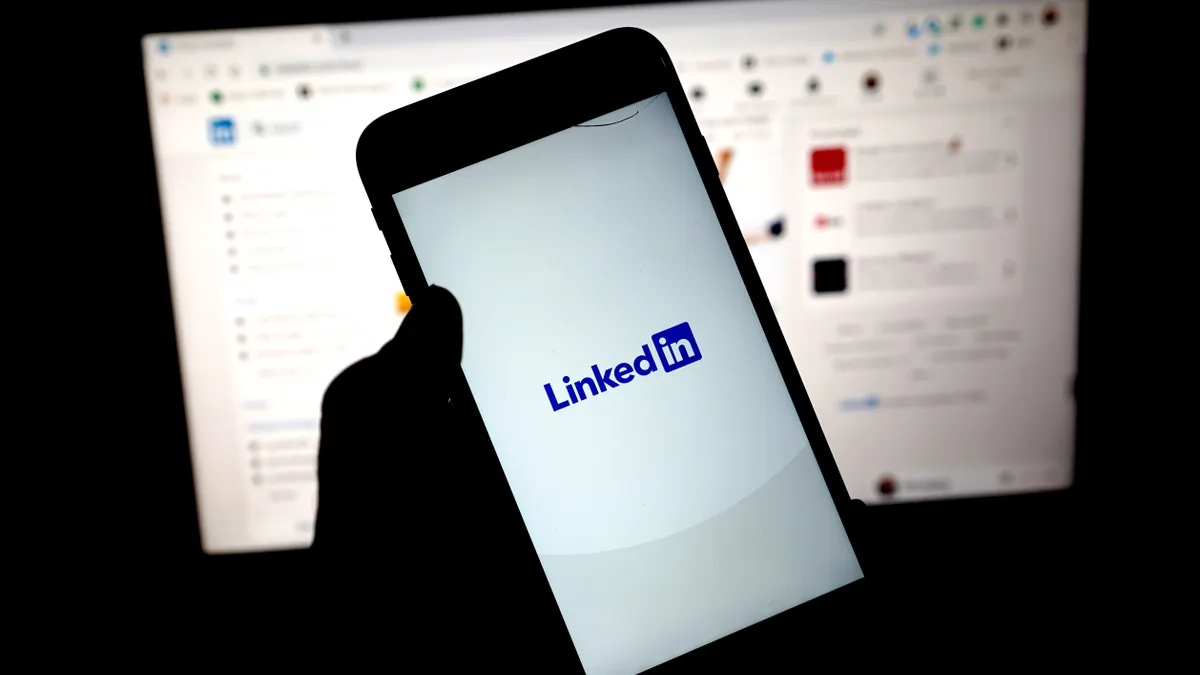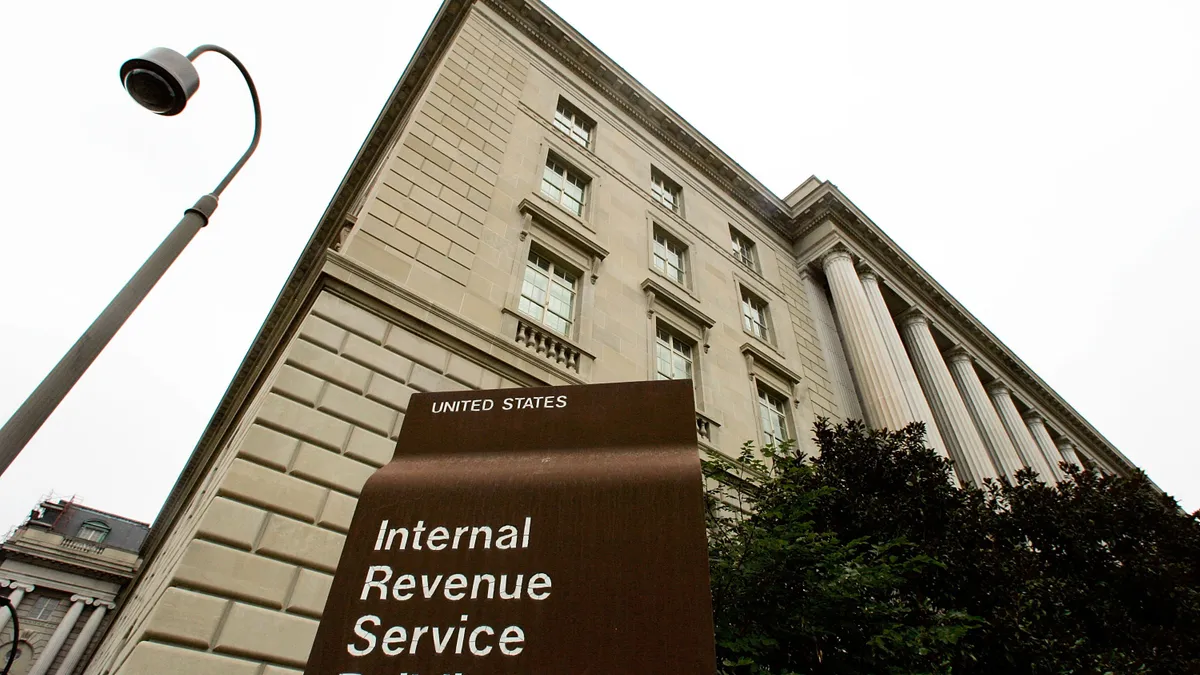Dive Brief:
- LinkedIn is paying $1.8 million in back pay and interest to resolve allegations by the U.S. Department of Labor that its pay practices discriminated against female employees in California, according to a DOL announcement on May 3.
- A routine compliance evaluation by the agency's Office of Federal Contract Compliance Programs found that between 2015 and 2017, LinkedIn did not provide equal pay to 686 female workers in engineering, marketing and product group jobs at its San Francisco and Sunnyvale facilities. Evaluators reviewed LinkedIn's employment policies and records, interviewed management, staff and HR and analyzed the company's compensation system. After accounting for legitimate factors, the OFCCP determined that LinkedIn paid the female workers at a "statistically significant lower rate" than their male counterparts, the conciliation agreement noted.
- LinkedIn disagreed with the claim in a post on its media page. "LinkedIn pays and has paid its employees fairly and equitably when comparing similar work," it said. Based on an equal pay analysis LinkedIn conducted in 2021, globally, "for every $1.00 earned by men, our female employees earn $.0.999," and in the U.S., employees of color earn dollar for dollar what white employees earn, the post said. To ensure fair and consistent compensation, LinkedIn uses "local and function-based competitive market data to develop pay ranges and guidance," the company said.
Dive Insight:
Several federal laws prohibit pay discrimination.
Under the Equal Pay Act, employers may not pay unequal wages to men and women who perform jobs that require substantially equal skill, effort and responsibility and are performed under similar working conditions. Title VII of the Civil Rights Act of 1964, the Age Discrimination in Employment Act and the Americans with Disabilities Act prohibit pay discrimination on the basis of race, color, religion, sex, national origin, age or disability.
Federal contractors must comply with Executive Order 11246, which prohibits employment discrimination, including discrimination in compensation and setting pay rates, because of race, color, disability, national origin, religion, sex, sexual orientation, gender identity or status as a protected veteran.
LinkedIn is not the first high-profile organization to be hit with charges of gender-based pay discrimination — and pay a hefty price to resolve the allegations. In February, the U.S. Soccer Federation, the nation's governing body for the sport, agreed to pay the U.S. Women's national soccer team $24 million to settle claims it paid USWNS team members less than what it paid members of the men's national team.
In court documents, the players alleged that the USSF admitted to paying them less, even during times when they earned more profit, played and won more games, earned more championships and/or garnered greater television audiences. The settlement, contingent on the negotiation of a new collective bargaining agreement, includes back pay and a promise by USSF to provide equal pay to the female players for all future tournaments.
Less visible companies have also had to pay to settle gender pay discrimination claims. Last year, a consumer loan and finance company with branches in northern Mississippi and Tennessee agreed to pay $100,000 to two former employees to settle a pay discrimination lawsuit filed by the U.S. Equal Employment Opportunity Commission (EEOC). The EEOC charged the company with violating the Equal Pay Act and Title VII by paying female branch managers lower salaries than male branch managers performing substantially similar tasks and responsibilities under similar circumstances.
Since 2004, the gender pay gap has remained fairly steady, with full time working women earning median wages of 80% to 83% of what men make, according to the U.S. Bureau of Labor Statistics. But these comparisons don't take into account factors that can explain the earnings difference, such as job skills and responsibilities, work experience and specialization, the BLS noted.
Recent studies reveal positive trends for some female workers, particularly younger working women. In 22 of 250 metro areas, full-time working women under 30 now earn the same as or more than their male peers, according to a Pew Research Center analysis released in March. About one-sixth of all young women working full time live in these 22 areas, the analysis found.
Based on Census Bureau data from 2015-2019, the analysis revealed that young women in the New York City and Washington, D.C., metro areas earn 102% of what their male counterparts earn. In the Los Angeles-Long Beach-Anaheim areas, the median annual earnings for women and men under 30 were identical in 2019.
In one notable profession, women at the highest level solidly out-earn their male peers. The median pay for female CHROs at the top 500 companies trading on major U.S. stock exchanges was $3 million in 2021, whereas men earned a median pay of $1.6 million, according to Equilar 500.
HR pros may want to consider a pay equity audit to identify any gender- or race-based pay gaps in their organizations and help defend against potential equal pay lawsuits, according to legal experts.
A pay equity analysis has four key components, HR Dive recently reported. First, consider using legal privilege to protect the information from being disclosed during legal proceedings and to provide flexibility for making adjustments. Second, make sure to use accurate comparisons, such as analyzing employees with similar performance evaluations, length of service, experience and education. Third, consider a statistical regression analysis. Finally, follow through on the results.














